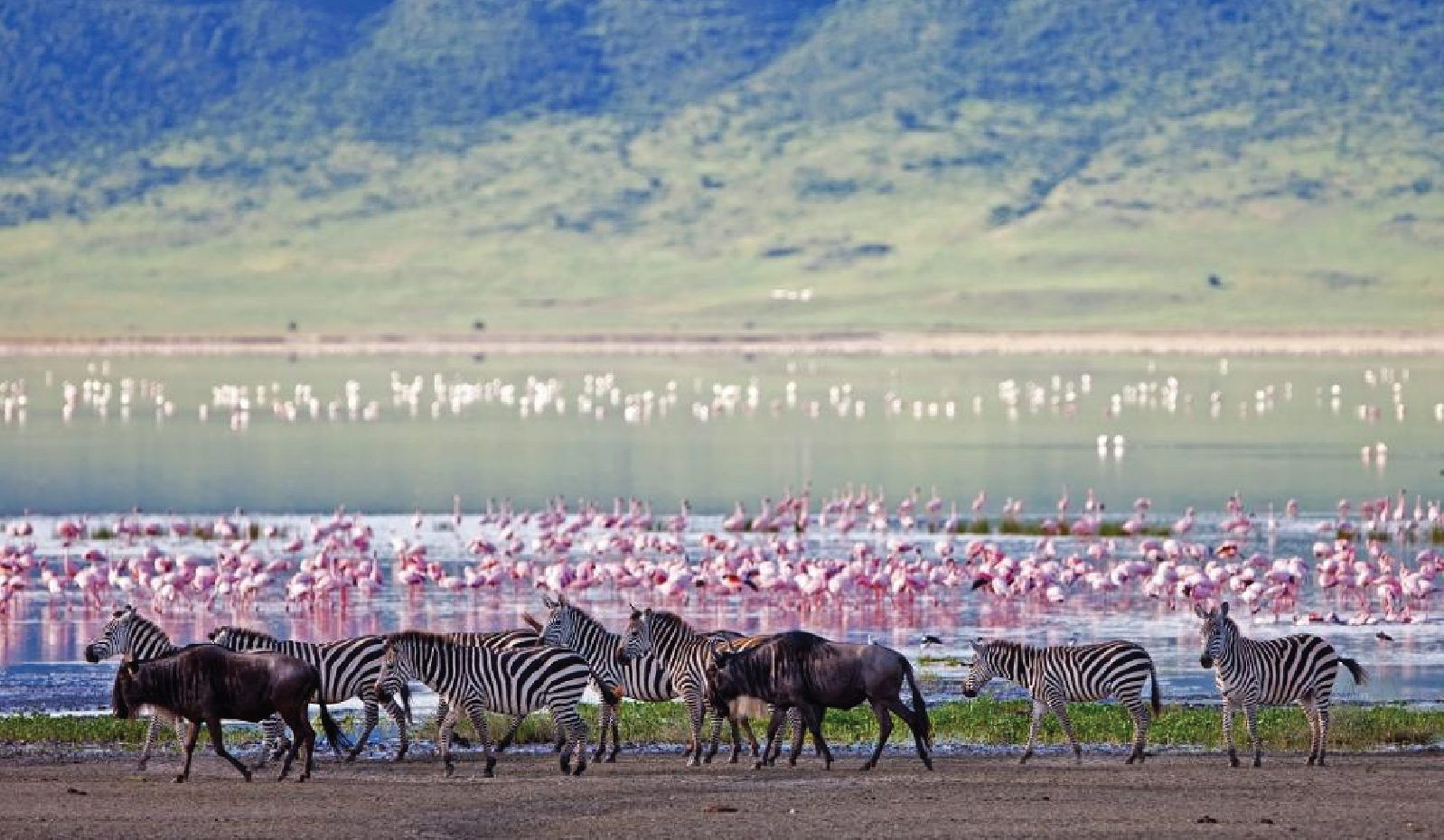First-ever ‘Indigenous Peoples Forum at UNCCD’ spotlighted invaluable contributions of indigenous people to land conservation and sustainable resource management.
Who are Indigenous Peoples?
- Tribal communities who practice unique traditions, retaining social, cultural, economic and political characteristics that are distinct from those of dominant societies in which they live. E.g. Aborigines (Australia), Maori (New Zealand), Santhals(India), etc.
- Representing just 5% of world’s population, they have been recognized as "gatekeepers of green areas", which occupy 22% of planet.
Role of indigenous communities in combating desertification
- Regenerative Agriculture & Agroforestry: E.g. Use of Polyculture technique called Milpa by Mayan People.
- Protected area management: E.g. Soligas Tribe role in managing Biligiri Rangaswamy Temple Wildlife Sanctuary (BRTWS).
- Forest Restoration: E.g. Khasi and Garo tribes of India manage sacred groves in Meghalaya, preserving forests.
- Water Management: E.g. karez’ or ‘surang bavi’ system to harvest rainwater in Bidar region.
Challenges Faced by Indigenous Peoples
- Extreme poverty, Forced displacement, Gender discrimination, Poor political representation, Lack of access to social services, climate change, etc.
Recommendations
- Inclusion of Indigenous Peoples in global decision making on green area protection.
- Indigenous people should have land rights and direct access to finance.
- Developing mechanisms to integrate traditional knowledge into national and international policies.
Steps taken for green area protection using Indigenous Knowledge
|




